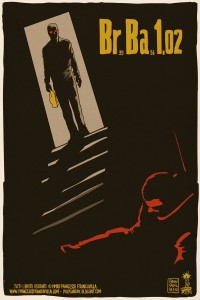 Last night was the premiere for the first episode of the final (half) season of Breaking Bad, and we celebrated like any fan: by being in southern Florida, no more than three minutes drive in any random direction from a meth lab.
Last night was the premiere for the first episode of the final (half) season of Breaking Bad, and we celebrated like any fan: by being in southern Florida, no more than three minutes drive in any random direction from a meth lab.
We did not, however, celebrate it by watching the new episode. We are among the latecomers to the show, thanks to a TiVo that recorded the first season and, before we could watch them, fell apart like, well, Krazy-8 in an acid-filled bathtub. So we are still catching up (we are, as we speak, watching season four episode Bug, so no one tell us how Walter beats Gus. We are assuming Walter beats Gus, since there is a fifth season. Unless the fifth season is about Badger watching a lot of Ice Road Truckers, but even if it is, do not fucking tell me), but that doesn’t mean that we can’t enjoy some of the ancillary benefits of the show’s fandom.
You know, like Crisis On Infinite Midlives personal favorite pulp artist Francesco Francavilla’s episode posters for the show. Posters that have been collected and given as gifts to the cast and crew of the show.
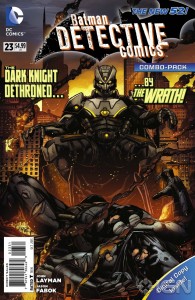
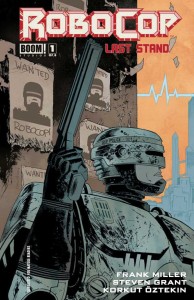
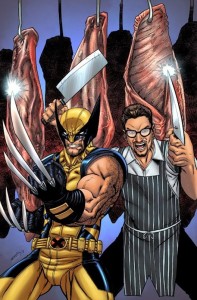
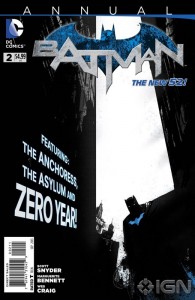
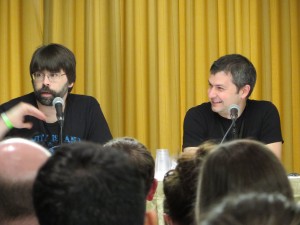
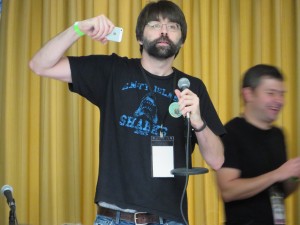
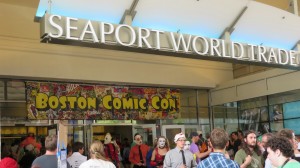
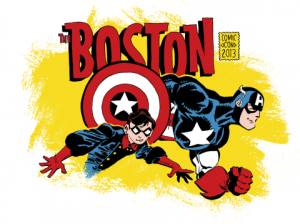
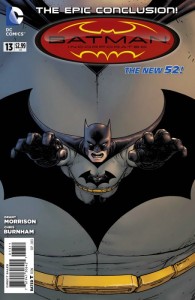
 Podcast RSS Feed
Podcast RSS Feed iTunes
iTunes Google Play
Google Play Stitcher
Stitcher TuneIn Radio
TuneIn Radio Android
Android Miro Media Player
Miro Media Player Comics Podcast Network
Comics Podcast Network